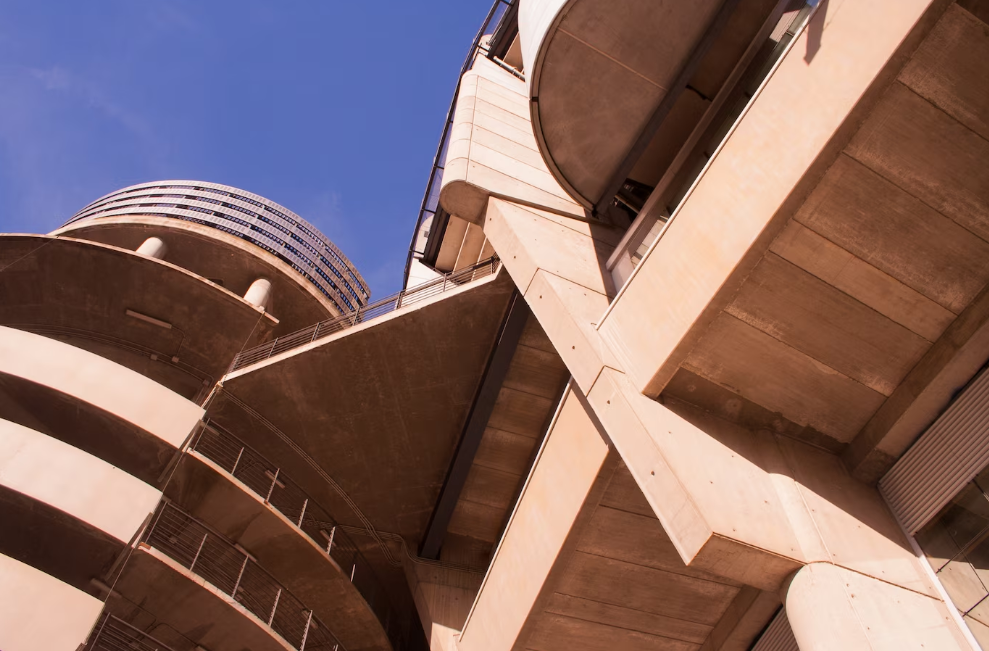In the ever-evolving world of architecture, staying abreast of the latest trends and innovations is paramount for designers and architects alike. The field is witnessing a remarkable transformation, with new paradigms and technologies reshaping how buildings are conceptualized, designed, and constructed. This article delves into ten significant trends in architectural design, offering insights into how professionals can adapt and thrive in this dynamic landscape.
Sustainable Design and Green Architecture
Sustainability has transcended from a buzzword to an essential guiding principle in architectural design. The rising awareness of environmental concerns has led to a growing emphasis on eco-friendly and energy-efficient practices.
Green architecture not only reduces a building’s carbon footprint but also prioritizes the well-being of its occupants. Concepts like passive solar design, rainwater harvesting, and natural ventilation are becoming integral aspects of architectural projects.Many architects are opting to use a floor plan software to be able to plan ahead for these projects.
Technology Integration in Architecture
The digital revolution has reached the realm of architecture with a resounding impact. Cutting-edge technologies such as Building Information Modeling (BIM), Artificial Intelligence (AI),Room planners (RP) and Virtual Reality (VR) are revolutionizing how architects design and construct buildings. BIM facilitates the creation of accurate virtual models that encompass everything from structural elements to electrical systems. AI assists in data analysis and design optimization, while VR enables immersive walkthroughs of unbuilt spaces.
Embracing these technologies equips architects with powerful tools to enhance collaboration, accuracy, and efficiency.
Biophilic Design and Wellness Architecture
Modern life has often detached individuals from the natural world, contributing to stress and reduced well-being. Biophilic design seeks to remedy this by integrating nature-inspired elements into architectural spaces. Incorporating elements like green walls, natural lighting, and indoor gardens not only improves aesthetics but also enhances mental health and productivity. Wellness architecture goes a step further by considering factors like air quality, acoustics, and ergonomic design, fostering spaces that nurture the physical and mental well-being of occupants.
Adaptive Reuse and Urban Regeneration
As cities grow and evolve, repurposing existing structures has gained traction as a sustainable approach to urban development. Adaptive reuse involves transforming old buildings into new, functional spaces, reducing the need for resource-intensive construction. This trend not only preserves historical and cultural heritage but also addresses urban sprawl and revitalizes neglected areas. By creatively repurposing structures, architects contribute to the sustainable growth of cities while celebrating their unique histories.
Parametric and Generative Design
Computational design tools have opened up a realm of creative possibilities for architects. Parametric design involves creating algorithms that generate complex and innovative forms based on specific parameters. Generative design takes this concept further, using AI to explore a multitude of design variations and selecting the most efficient solutions. These approaches allow architects to push the boundaries of traditional design, resulting in visually striking and structurally optimized buildings.
Cultural Influences and Contextual Design
Architecture is an art that resonates with the cultural identity of a place and its people. Architects are increasingly acknowledging the importance of integrating local culture, history, and context into their designs. Contextual design ensures that buildings harmonize with their surroundings, whether it’s a historical neighborhood or a natural landscape. By weaving local narratives into architecture, designers create spaces that hold meaning, fostering a sense of belonging and pride among inhabitants.
Smart Cities and Connected Architecture
The rapid urbanization of our world has given rise to the concept of smart cities, where interconnected technologies enhance efficiency, sustainability, and quality of life. Architecture plays a pivotal role in this transformation by accommodating smart infrastructure such as IoT-enabled sensors, energy-efficient systems, and data-driven urban planning. The integration of technology into the built environment facilitates real-time data collection and analysis, leading to optimized resource utilization and improved urban living conditions.
Material Innovation and 3D Printing
Traditional construction materials are being challenged by innovative alternatives that offer enhanced performance and sustainability. Advanced composites, engineered woods, and self-healing materials are becoming increasingly popular for their durability and eco-friendliness. Additionally, 3D printing technology has disrupted conventional construction methods, enabling the creation of intricate and customized architectural elements. The efficiency and precision of 3D printing hold the potential to revolutionize the construction industry, allowing architects to bring their bold designs to life.
Flexible and Multifunctional Spaces
The way we live and work is evolving, demanding architecture to adapt accordingly. Flexible and multifunctional spaces are becoming crucial as they accommodate shifting lifestyles and diverse needs. Open floor plans, modular furniture, and adaptable partitions allow spaces to transform and serve different purposes throughout the day. This trend promotes efficient space utilization, reduces the need for excess square footage, and encourages a dynamic and responsive living environment.
Future-Proofing Architecture
The pace of technological advancement makes it imperative for architects to anticipate future needs and challenges when designing buildings today. Future-proofing architecture involves considering factors like climate change, technological innovations, and evolving social dynamics. By incorporating flexibility, scalability, and resilience into designs, architects can ensure that buildings remain relevant and functional for years to come.
Embracing sustainable practices and versatile design strategies equips structures to withstand the test of time and unforeseen changes.
Conclusion
The field of architectural design is in a state of constant evolution, driven by sustainability imperatives, technological breakthroughs, and changing human needs. To stay relevant and innovative, architects must embrace these trends, leveraging them as tools to create environmentally responsible, technologically advanced, culturally rich, and future-proofed spaces. By understanding and integrating these trends, architects can navigate the ever-changing landscape of architectural design and contribute to a built environment that harmonizes with the needs of today and the possibilities of tomorrow.

